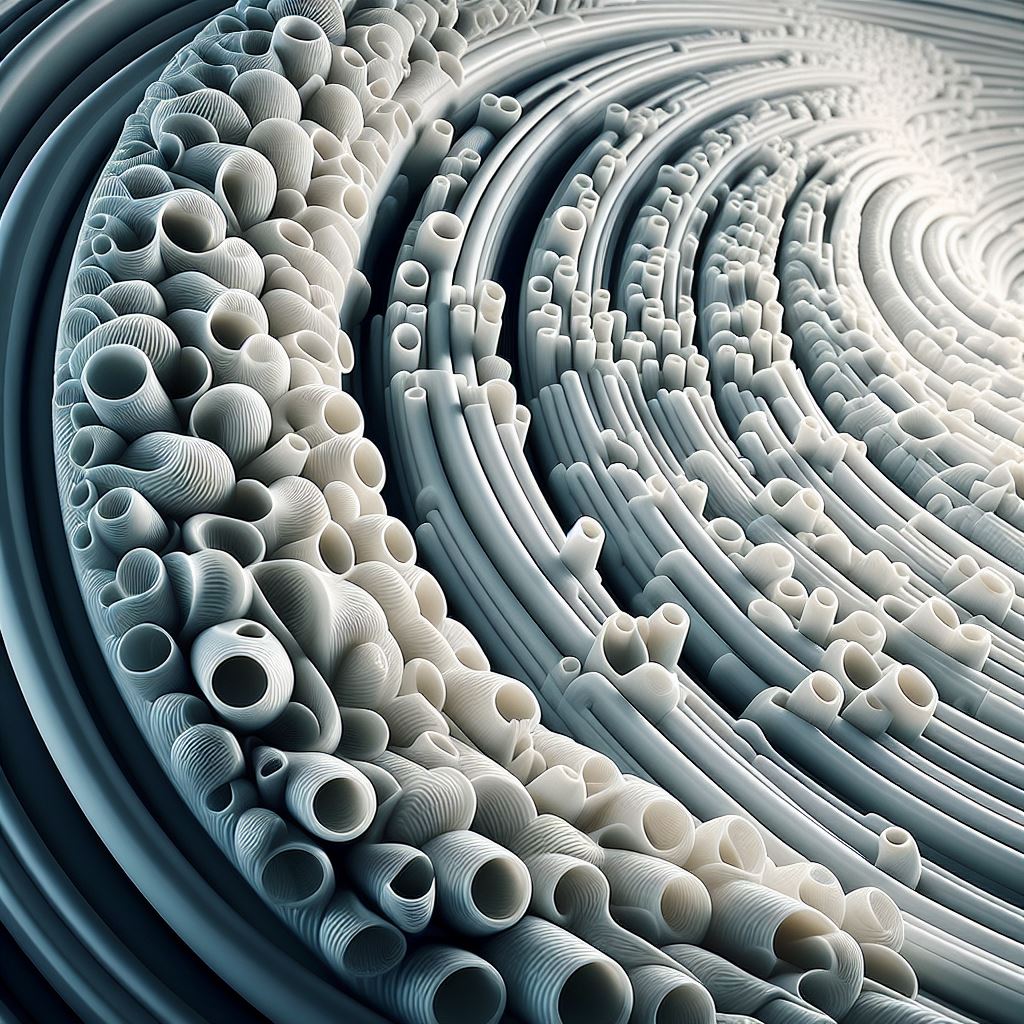Polyvinyl Chloride, commonly known as PVC, is a ubiquitous material found in countless aspects of our lives. From the pipes under our sinks to the flooring in our homes, PVC’s versatility and affordability have made it a dominant force. However, in recent years, concerns have grown regarding potential health risks associated with PVC, particularly the presence of certain additives used in its production. This blog aims to shed light on PVC Tox, explore the potential health risks, offer safer alternatives, and empower you to make informed choices.
Understanding PVC and Its Composition
PVC itself is a polymer, a long-chain molecule formed by repeating units. However, pure PVC isn’t very useful. To achieve its diverse properties, manufacturers incorporate various additives during processing. These additives can include:
- Plasticizers: These enhance flexibility, making rigid PVC into soft, bendable materials used in products like electrical insulation or inflatable toys.
- Stabilizers: They protect PVC from degradation due to heat or sunlight exposure.
- Fillers: These add bulk and reduce production costs without compromising functionality.
- Pigments and Dyes: These provide the vast array of colors PVC products come in.
The Potential Health Concerns of PVC Tox
Some of the additives used in PVC have raised health concerns. These concerns primarily focus on:
- Endocrine Disruption: Certain additives might mimic hormones in the body, potentially affecting development and reproduction.
- Cancer Risk: Limited research suggests a possible link between exposure to some PVC additives and certain cancers. However, more research is needed to establish a definitive link.
- Respiratory Issues: Off-gasping from PVC products, particularly when heated, may release volatile organic compounds (VOCs) that can irritate the respiratory system.
It’s important to note that these concerns are primarily linked to specific additives and potential long-term exposure. Additionally, regulations are in place to limit the use of some of the most concerning additives.
Minimizing Your Exposure to PVC Tox

While complete elimination might not be practical, here are some steps you can take to minimize exposure:
- Identify and Avoid High-Risk PVC Products: Focus on replacing items likely to contain high levels of concerning additives, such as flexible children’s toys or certain food packaging.
- Look for Safer Alternatives: Many manufacturers are offering PVC-free alternatives for various products. Explore options like glass food containers, metal water bottles, or natural fiber flooring.
- Improve Ventilation: When working with PVC materials or having PVC products in your home, ensure proper ventilation to minimize exposure to off-gasping VOCs.
The Future of PVC and Your Role
The PVC industry is constantly evolving, with a growing focus on addressing health concerns. Here are some promising trends:
- Bio-based PVC: Replacing some traditional ingredients with bio-derived alternatives reduces dependence on potentially harmful chemicals.
- Improved Standards and Regulations: Stricter regulations and industry initiatives aim to limit the use of additives in PVC production.
- Consumer Awareness: As consumers become more informed, the demand for safer PVC alternatives is driving innovation.
Making Informed Choices for a Healthier You
PVC remains a widely used material, and navigating its potential health risks can be confusing. However, by understanding the composition, potential health concerns, and safer alternatives, you can make informed choices for your home and family. Remember, knowledge is power. By staying informed and advocating for stricter regulations and safer alternatives, you can contribute to a healthier PVC landscape for yourself and future generations.





